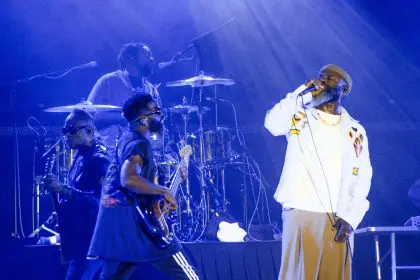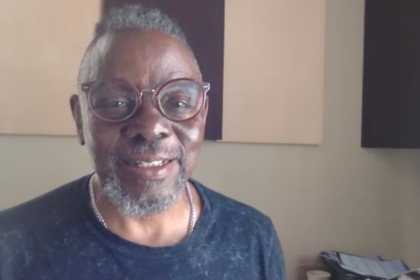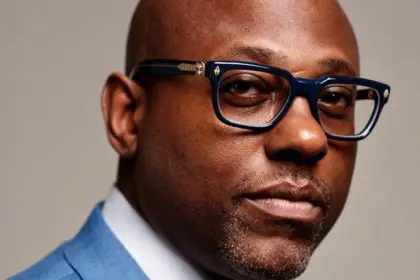Detroit rapper Skilla Baby, born Trevon Gardner, continues his recovery at a local medical facility after surviving a harrowing drive-by shooting Thursday evening in Redford Township, Michigan. The 26-year-old artist became the target of a violent assault while operating his black SUV along Eight Mile Road, where assailants discharged multiple rounds at his vehicle before it collided with a nearby structure.
The incident has sent shockwaves through Detroit’s hip-hop community, highlighting ongoing concerns about artist safety and targeted violence within the music industry. Gardner’s survival of such a brazen attack underscores both his resilience and the random nature of street violence that continues to plague urban communities across the nation.
Medical condition and recovery timeline
Preliminary medical assessments reveal that Gardner sustained gunshot wounds to multiple areas of his body, including twice to the head and back, along with an additional wound to his hand. Despite the severity of his injuries, emergency responders successfully transported him to a nearby hospital where medical professionals have stabilized his condition.
Hospital staff report that Gardner remains conscious and responsive throughout his treatment, with medical experts expressing optimism about his recovery prospects. The rapper’s alertness following such traumatic injuries speaks to both the quality of emergency medical response and his physical resilience during this critical period.
Community rallies behind recovering artist
The shooting has galvanized Gardner’s fanbase and the broader Detroit community, with supporters flooding social media platforms with messages of encouragement and spiritual support. His Instagram account has become a digital gathering place for well-wishers offering prayers and positive energy during his healing process.
Fans have shared deeply personal messages expressing their connection to the artist and their hopes for his swift recovery. The outpouring demonstrates the significant impact Gardner has made on his audience through his musical contributions and personal authenticity as a Detroit representative in hip-hop culture.
Established career built on determination
Gardner’s journey in music began in 2015 when he made the pivotal decision to pursue artistic endeavors instead of traditional higher education. This choice proved transformative, launching a career that would see him collaborate with industry heavyweights including Kash Doll, Moneybagg Yo, GloRilla, Travis Scott, and Lil Baby.
His prolific output has resulted in an impressive catalog spanning more than 16 albums, showcasing his dedication to consistent creative production. His most recent project, Crack Music 3, released in November, continued his streak of regular musical offerings that have helped establish his presence in Detroit’s competitive rap scene.
Investigation continues without arrests
Law enforcement officials with the Redford Township Police Department are actively pursuing leads in their investigation of the shooting, though no suspects have been identified or apprehended at this time. The deliberate nature of the attack suggests this was not a random act of violence, though specific motives remain unclear.
The ongoing investigation highlights the challenges law enforcement faces when addressing targeted violence against public figures, particularly in cases where multiple perpetrators may have been involved. Police continue gathering evidence and interviewing potential witnesses to piece together the events leading to Thursday’s assault.
Broader implications for artist safety
This incident represents another troubling example of violence affecting members of the music community, particularly rap artists who often face heightened security risks due to their public profiles and sometimes controversial lyrical content. The attack on Gardner raises renewed questions about the safety measures artists should implement while maintaining their connection to their home communities.
The music industry has grappled with similar incidents involving prominent artists, leading to increased discussions about security protocols and risk management for performers. Gardner’s experience may prompt other Detroit artists to reassess their own safety measures while navigating public appearances and daily activities.
As Gardner focuses on his physical recovery and eventual return to music creation, the support from his community serves as a powerful reminder of hip-hop’s ability to unite people during difficult circumstances. His survival and expected recovery offer hope that he will continue contributing to Detroit’s rich musical legacy while inspiring others through his perseverance in overcoming this traumatic experience.














